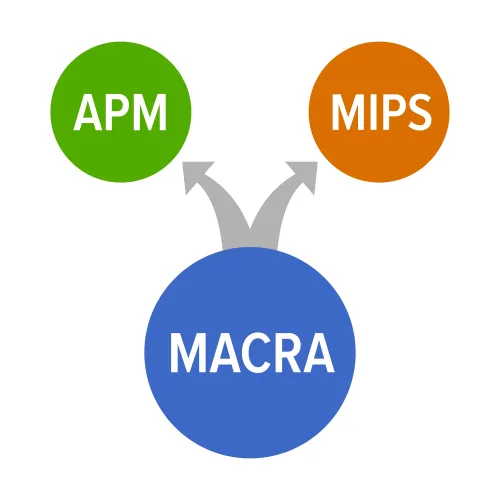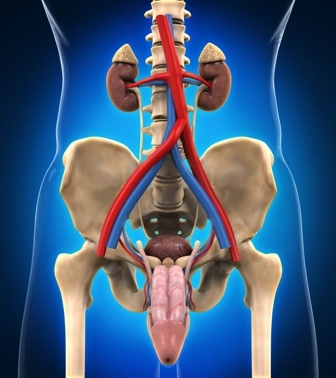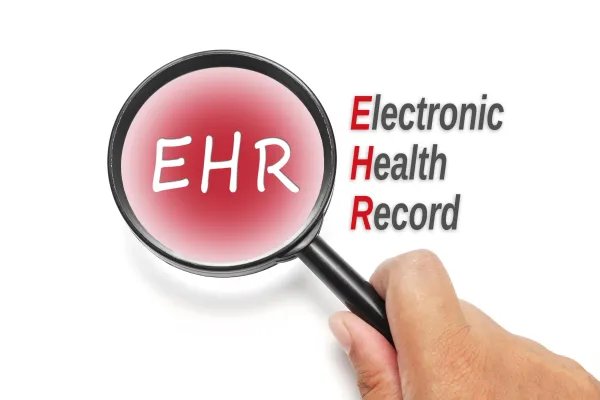CPT® 2020: Use New Pericardium and Aortic Graft Options Effectively
Hint: Don’t report 99473 more than once per device. In less than a month, CPT® 2020 becomes effective. You’ll have many new cardiology-related codes to choose from, but new codes mean new guidelines. That’s why it’s a good idea to understand the options ahead of time and alleviate claims issues down the line. Read on to dig into these guidelines to ensure you submit clean claims starting Jan. 1. Discover New Pericardium Guidelines CPT® 2020 will add several new codes to the “Pericardium” section in the CPT® code book. They are as follows: When you report new codes 33017-33019, the catheter must remain in place after the procedure is completed, according to CPT® guidelines. So, you should not report 33017-33019 when the physician places a catheter to aspirate fluid and then removes the catheter when the procedure is over. Code 33018: When you look at the descriptor for 33018, you will see the words “with congenital cardiac anomaly.” When reporting percutaneous pericardial drainage with insertion of indwelling catheter, the guidelines define a congenital cardiac anomaly as, “as abnormal situs (heterotaxy, dextrocardia, mesocardiac), single ventricle anomaly/physiology, or any patient in the first 90-day postoperative period after repair of a congenital cardiac anomaly.” Caution: You should not report 33016-33018 in conjunction with 93303-93325 when the cardiologist performs echocardiography “solely for the purpose of pericardiocentesis guidance,” according to CPT®. We have known for a long time that complete component CPT® codes were in our near future, so it is no surprise that procedure standards to successfully perform a diagnostic or surgical procedure have become bundled within the primary procedure CPT® code(s), says Christina Neighbors, MA, CPC, CCC, Coding Quality Auditor for Conifer Health Solutions, Coding Quality & Education Department, and member of AAPC’s Certified Cardiology Coder steering committee. “Thankfully, the total RVU reimbursement is also being reevaluated,” Neighbors adds. “Where it is going to be tricky is when multiple departments or physicians perform the specific diagnostic or surgical procedure(s).” Catch New Aortic Graft Instructions CPT® will also introduce the following aortic graft codes to the “Thoracic Aortic Aneurysm” section: Aortic hemiarch grafts: If a patient has ascending aortic disease that involves the aortic arch and the cardiologist has to perform an aortic hemiarch graft along with the ascending aortic graft, then you should report add-on aortic hemiarch graft code +33866 in conjunction with the appropriate ascending aortic graft code — 33858, 33859, or 33864, according to CPT®. Aortic hemiarch grafts require the following three components, per CPT®. Caution: Component three above specifies that the ascending aortic repair with a beveled anastomosis into the arch does not use a cross-clamp. In fact, the guidelines reiterate this point further on: “An ascending aortic repair with a beveled anastomosis into the arch with a cross-clamp cannot be reported separately as a hemiarch graft using +33866.” Code 33871: You should not report 33871 for an aortic hemiarch graft, according to the guidelines. Instead, 33871 describes a complete transverse arch graft placement. Also, you should never report 33871 in conjunction with +33866. Get Ready for 99473 and 99474 CPT® 2020 will add 99473 (Self-measured blood pressure using a device validated for clinical accuracy; patient education/training and device calibration) and 99474 (… separate self-measurements of two readings one minute apart, twice daily over a 30-day period (minimum of 12 readings), collection of data reported by the patient and/or caregiver to the physician or other qualified health care professional, with report of average systolic and diastolic pressures and subsequent communication of a treatment plan to the patient) to the E/M section of the CPT® manual. You must heed the following rules when reporting 99473 and 99474:




